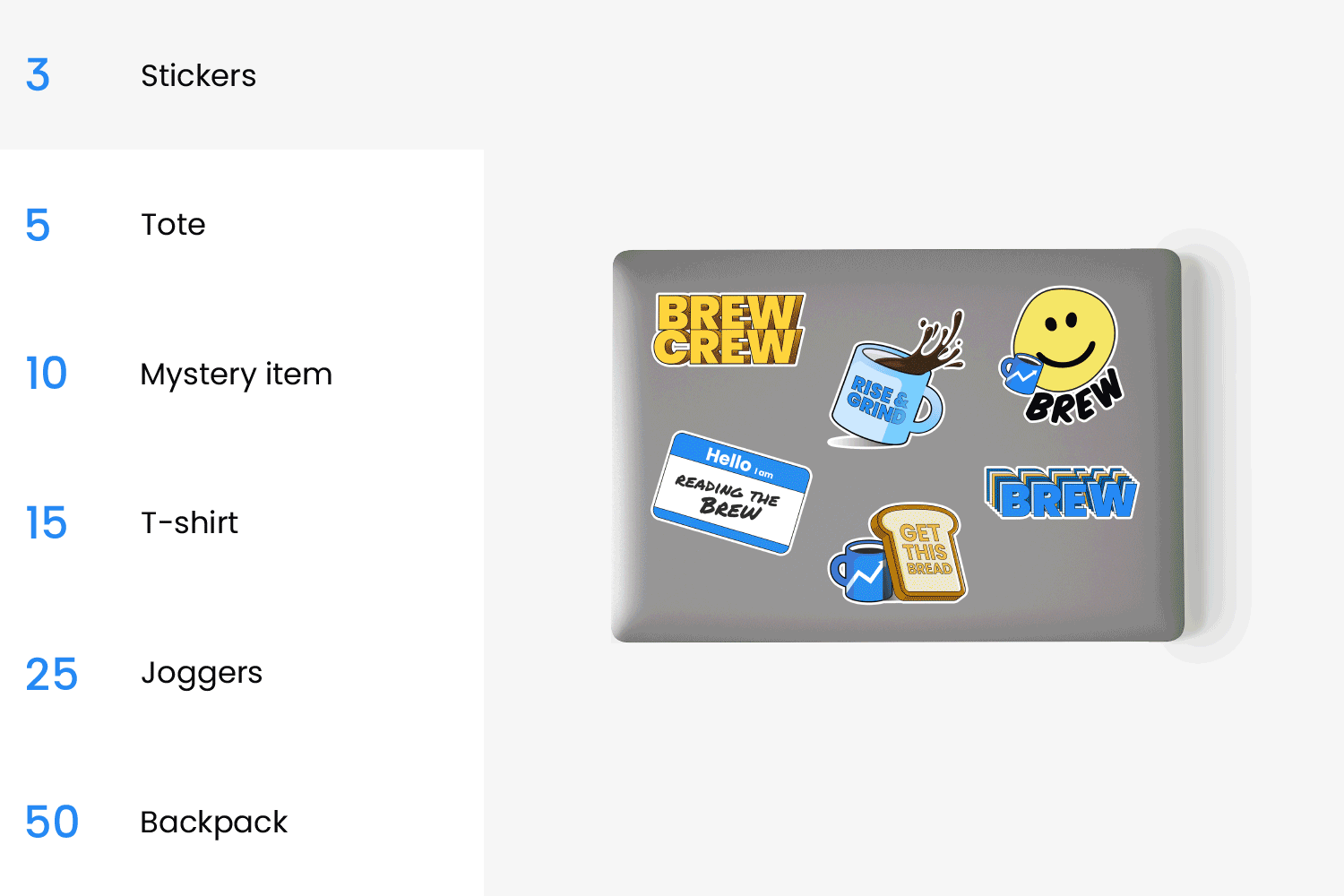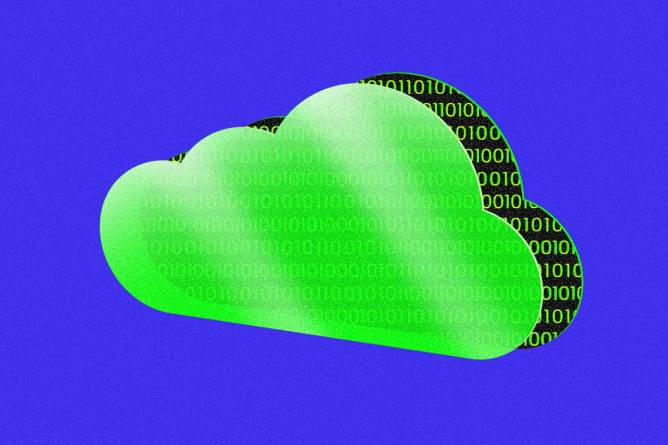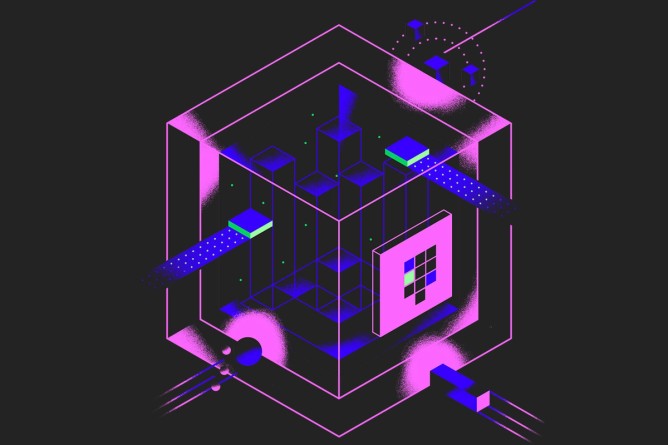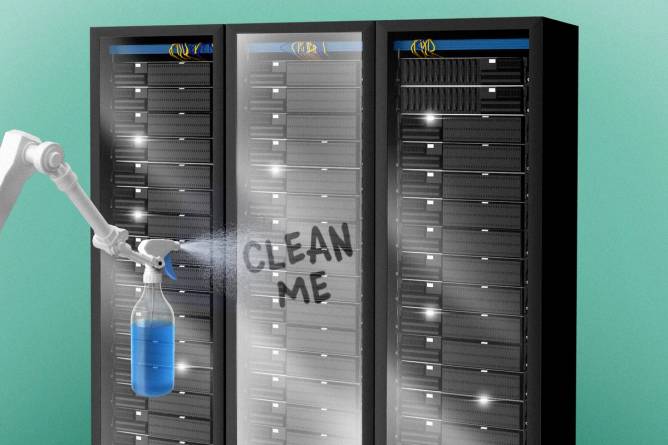|
It’s Wednesday! With an extra day in the month this leap year, join us tomorrow, February 29th, as we sit down with Claudia Arriaga, SVP of customer success and support at OpenGov. We’ll have an honest conversation on the magnitude of the impact of digital transformation on public sector services. Register now!
In today’s edition:
 Explain it to me like I’m a CEO Explain it to me like I’m a CEO
 Cutbacks to the future Cutbacks to the future
 Backup for a sec Backup for a sec
—Amanda Florian, Tom McKay, Billy Hurley, Patrick Lucas Austin
|
|
Skynesher/Getty Images
|
The relationship between CISOs and C-level executives isn’t always smooth sailing. Data shows that 30% of CISOs feel they don’t receive enough support from their CEO, which Mike Mestrovich, the former principal deputy chief information officer of the CIA, told us comes down to a few key things, like a changing structure in operations and risk.
“I would argue that the risk dynamic has changed substantially over where it was 10 years ago,” he said. “Therefore, if the risk calculus changes, should we reexamine the reporting structure, or at least how the CEO gets information to ensure that it’s timely and unfiltered?”
To better ensure CEOs and CISOs are on the same page, Mestrovich—who now serves as the CISO at Rubrik, a data management company in Palo Alto, California—said CISOs must prioritize clear communication.
Read more here.—AF
Do you work in IT or have information about your IT department you want to share? Email [email protected].
|
|
|
Security threats. System outages. Funky code. They’re all inconveniences (understatement alert).
But when you’re ready to take them on, you keep small problems from becoming major incidents.
Today, it’s all about building the resilience you need to react faster and move forward. The challenge is making it happen across sprawling tech stacks.
Bringing everything together can help you get there. Learn how Splunk can help you do that so you can reduce risk, improve reliability, and see better outcomes.
|
|
Francis Scialabba
|
“Operational efficiency” is one of the biggest buzzwords in recent corporate quarterly earnings reports, according to Morgan Stanley analysts.
In a recent note, Morgan Stanley equity strategist Michael Wilson and team wrote that mentions of the phrase “operational efficiency” have skyrocketed in transcripts of recent earnings reports, with executives often focused on the kind of efficiencies they imagine will arrive from cutting costs and pivoting to AI.
The strategists wrote that “expense discipline” and “technologies that can drive future productivity like AI” were a major theme for executives across a range of industries. The report emphasized overlap between discussions of cost control and AI in several sectors, including the software industry, finance, healthcare, and professional services.
Read more here.—TM
Do you work in IT or have information about your IT department you want to share? Email [email protected]. Want to go encrypted? Ask Tom for his Signal.
|
|
Francis Scialabba
|
Data disasters happen. Cloud services can go down. Fires can hit data centers. Dogs do, on rare occasions, eat homework.
Having a backup copy somewhere helps to avoid surprise data disappearances, of course, but IT pros, especially cloud newbies, may still want to keep their precious info and assets close.
An attendee of an October IT Brew event, “Up in the Air: The State of Cloud Computing,” had the following question for guest David Vidoni, VP of IT at the workflow-automation company Pegasystems:
If you move something to the cloud, should you have your own on-premise backup location?
We posed the question to Vidoni and later, to other industry pros.
These responses have been edited for length and clarity
Vidoni: I think the more important question is: Do you have a backup somewhere—in the cloud somewhere else, or maybe it’s in a different region or a different availability zone? So, if there is ever a problem, you’re able to go to that backup location and get it.
Erik Duffield, CEO and co-founder, Hakkoda: You absolutely need backup-recovery strategies. They do not have to be on-prem…Most cloud solutions and cloud platforms—particularly on the data side, but also on the application side—have multiple layers of point-and-time recovery available to you.
Keep reading here.—BH
Do you work in IT or have information about your IT department you want to share? Email [email protected].
|
|
|
Level up your cyber resilience. Your biz’s finances will thank you. Data breaches aren’t cheap—the average data breach cost $4.35m in 2022. To help you save big, we teamed up with Veeam to create an interactive that spills all the deets on data security and financial success. Take a look.
|
|
Francis Scialabba
Today’s top IT reads.
Stat: 299.8 million. That’s the number of compromised user accounts in 2023, according to a data-breach survey from the VPN-services company Surfshark—a lower number than 2022’s compromises, if you can believe it. (TechSpot)
Quote: “Adaria does not collect any data about its users and does not have any access to identify users of these M&M vending machines.”—Adaria Vending Services, in a statement responding to questions of facial-recognition features in the snack dispensers (Ars Technica)
Read: A report from the Biden–Harris administration urges a memory-safe approach to vulnerabilities and software development. (The White House)
See it all: Want resilience? Start with observability + security. Splunk helps you sidestep major disruptions, react quicker to incidents, and fix problems faster. Your organization will thank you.* *A message from our sponsor.
|
|
|
Share IT Brew with your coworkers, acquire free Brew swag, and then make new friends as a result of your fresh Brew swag.
We’re saying we’ll give you free stuff and more friends if you share a link. One link.

Your referral count: 2
Click to Share
Or copy & paste your referral link to others:
itbrew.com/r/?kid=9ec4d467
|
|
|









